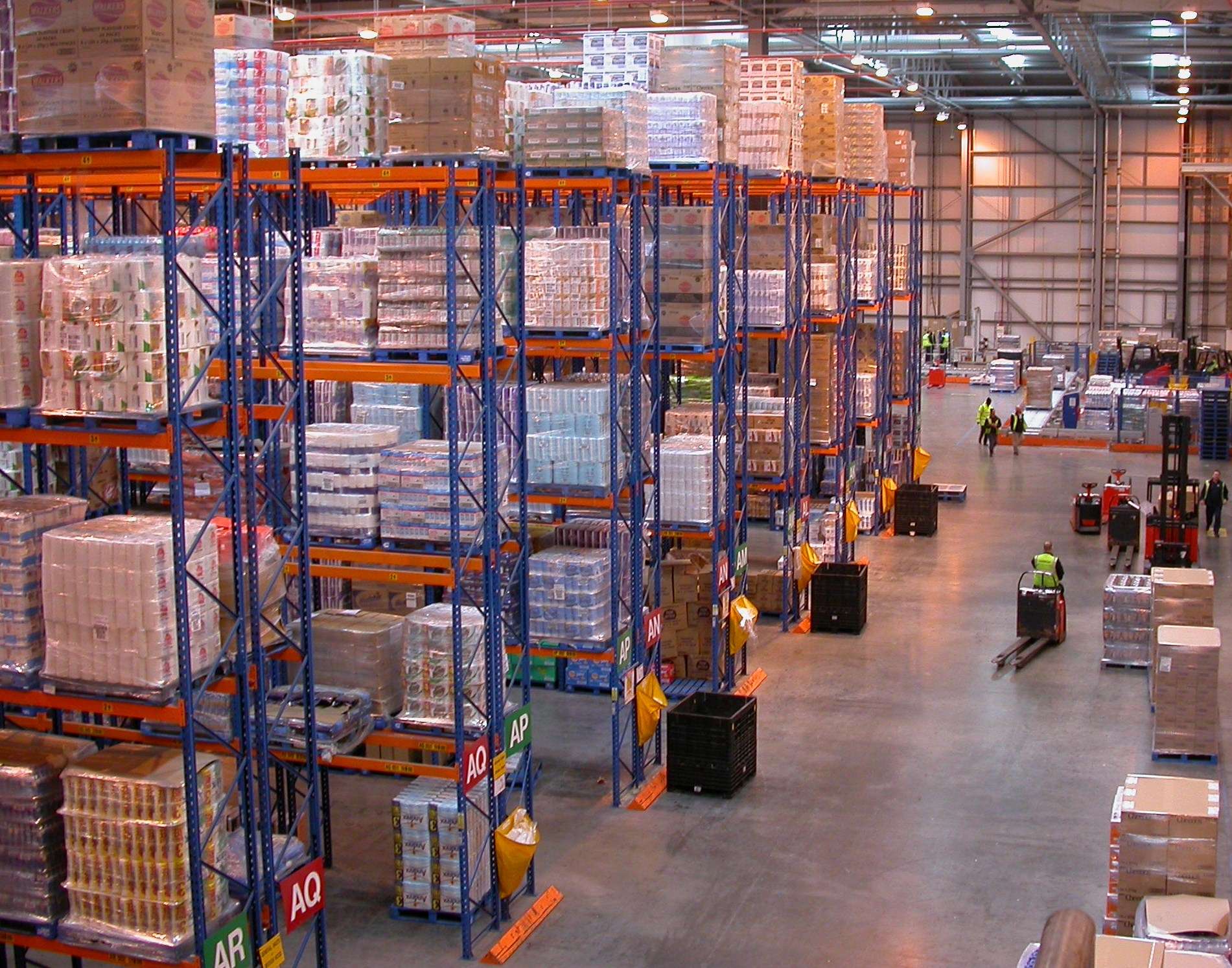Due to emerging eCommerce channels and increased SKUs, facilities across the nation are facing expansion or extinction.
According to a 2015 Warehouse/DC Operations Survey reported by Modern Materials Handling, “the square footage for the average facility grew 25%” last year. Organizations who want to keep up are being forced to adopt more technology and material handling equipment. As a result, the median figure for total square footage climbed to 246,341 from 195,455 in 2014.
Many of these warehouse managers are electing to move into new distribution centers as opposed to making costly updates to their existing facilities.
If you’re facing a move to a new distribution center, take heed of these 5 steps to ease the planning process.
Prioritize Your Main Objectives for the New Facility

In order to know what you’re looking for in a new facility it’s important to get clear about what your current pain points are. Start by framing your goals for the new space in terms of your projected future growth. Next, note basics like how many SKUs you’ll have. This will flesh out your capacity needs. Then you can begin singling out key objectives like cutting cost, increasing productivity refining your picking process refinement, and/or improving your customer service. Again, whatever you choose, just make sure the new center meets your long-term goals of future expansion and can accommodate changes to your product inventory.
Data Collect Based on Your Projected Needs
When considering a new space, it’s important to understand and document as much about it as possible. Make sure the physical elements of the space, the layout, internal configurations, material flows, information systems support, and the like are clearly noted. The second critical piece centers around your internal data. Gather all relevant product information from the amount, size, and weight of SKUs, to your order history and activity logs.
Run Quantitative and Qualitative Analysis of New Center
It’s important to make sure the space aligns with your stated goals and objectives before you press forward with a solid plan. Otherwise, you may waste valuable time or resources making unnecessary modifications to the building design or after being forced to make entirely alternate plans. In your quantitative analysis, focus on: flows, picking and storage modules, staffing, budgets, etc. Qualitatively look at things like: maintenance, automation, required training, difficulty of implementation, etc.
Finalize Your Plan and Document the Rationale
Inevitably, you will need to make a case for why the move to a new distribution center is the right decision for your warehouse operation. This is the stage of the project when you should have the final layout mockups. Review them carefully before signing off. They will determine how best to coordinating the arrival of essential products like racks and shelving, pallet flow racks and the like. Make sure your plan has a clear start and end date for every task listed in the plan. Don’t hesitate to implement an on-going review of the plan at each phase.
Take your time to ensure all design specifications have been implemented according to the plan and the facility is secured. Continue carefully reviewing schedules for equipment delivery and be extra vigilant during installation.
In short, sometimes the only way to continue growing your profit margins is to move to an entirely new warehouse or distribution center. Making sure you have a solid plan in place before the move will save you from the potential cost overruns and delays associated.
Need help avoiding a rocky startup? Contact us. Our expert staff is trained to help you find a warehouse design that goes beyond the layouts and storage solutions you’re currently using, or even those you think you need for a truly standout warehouse operation.
